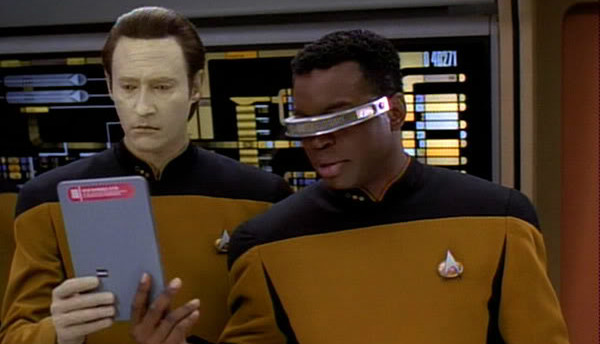Bold text makes web pages easier to read and more SEO friendly.
You should use bold to highlight key phrases in your copy. There should be enough to help users scan the page, but not so much that it loses impact.
This quick guide will help to clarify why, when and how to use bold text.
Why to use bold
Nearly 80% of users will scan a web page before they read it; they’ll jump around the page, looking for things that catch their eye.
This means that content must communicate key messages at a glance, by drawing attention to important bits of information. One way to do this is to create visual pointers using bold text. The impression created by these visual pointers tells both humans and computers (like Google) what to expect from the rest of the content.
When to use bold
You should bold text that:
- communicates important information
- emphasises key points
- makes sense out of context
- complements your titles and headings
You should avoid bolding:
- entire sentences or paragraphs
- too many individual words
Bold text can be used on pages and in news items.
How to use bold
Finish creating content for a page before you start adding bold to it. Then, pick out the most important pieces of information and make them bold.
An easy way to check if you’ve used bold effectively is to collect your bold phrases into one list. If you gave this list to a user, would they get the right impression about that page?


